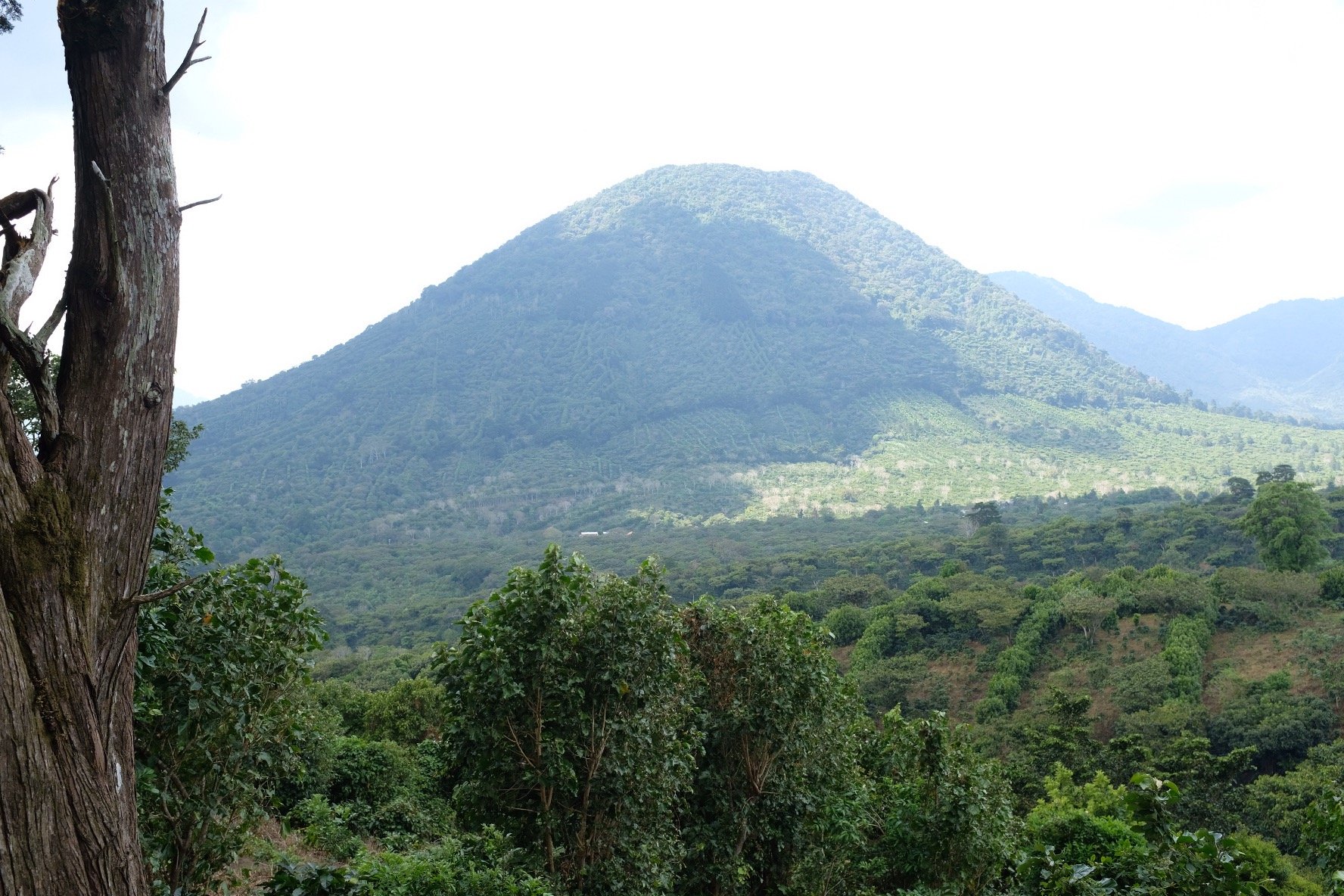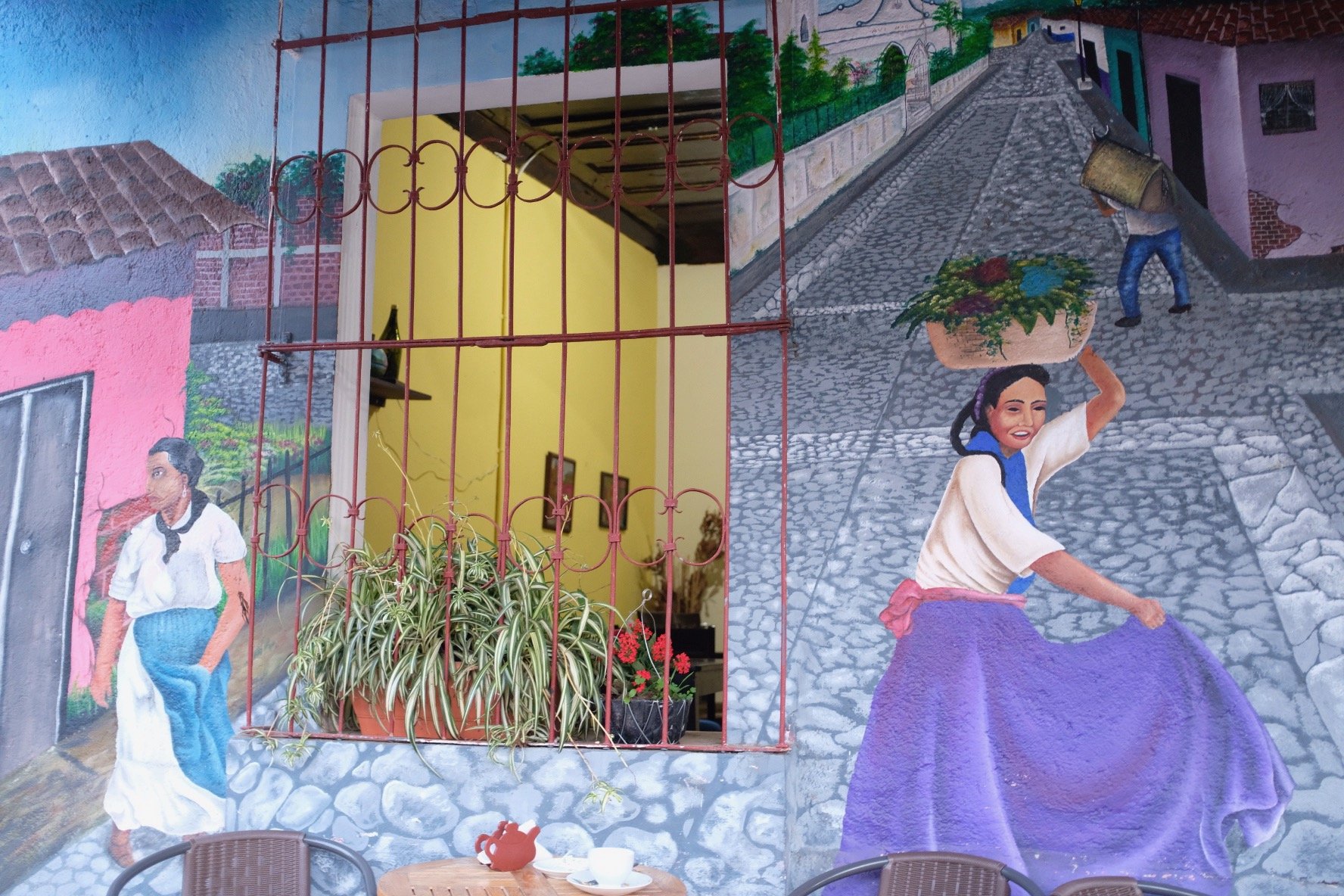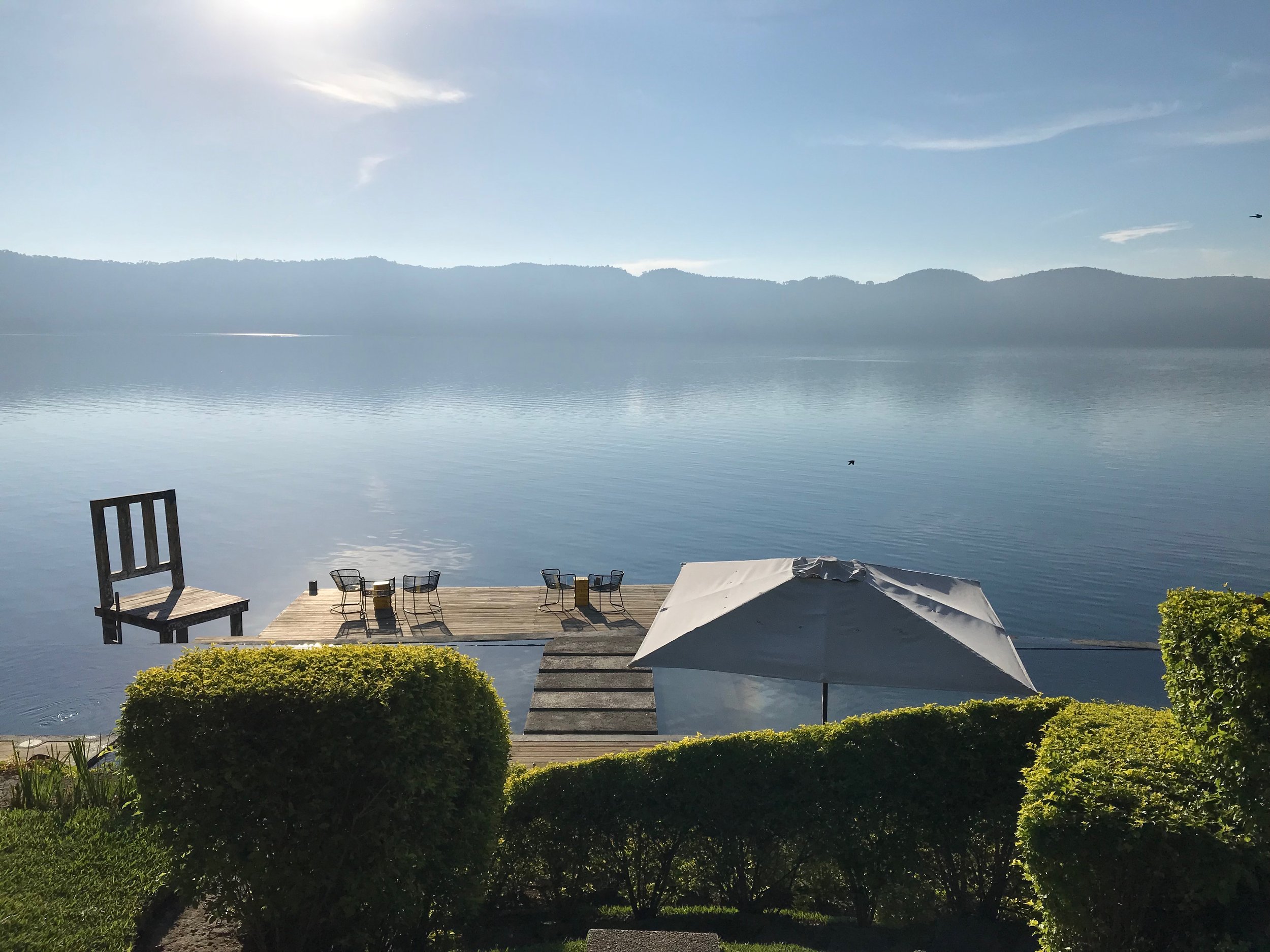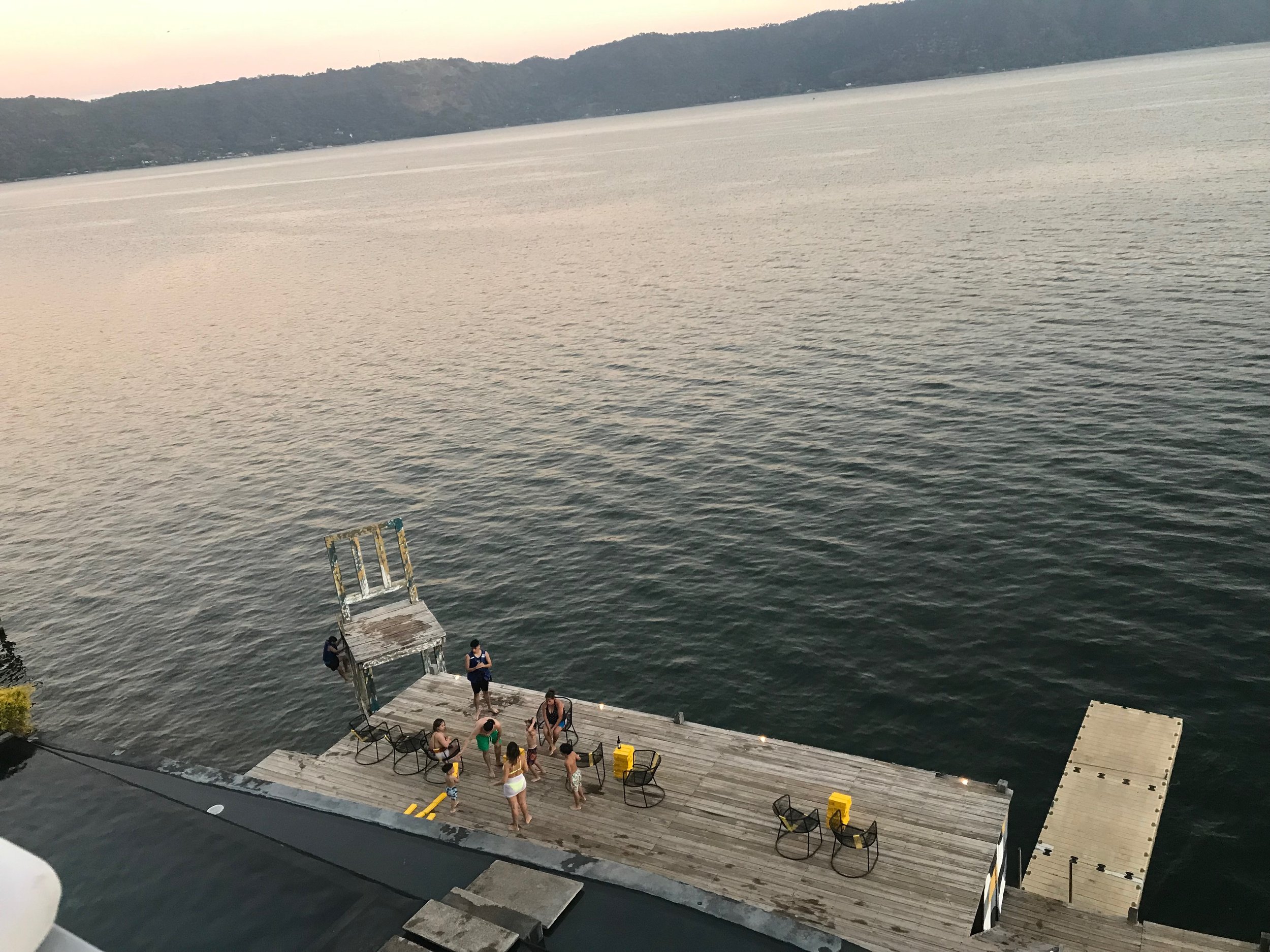Colonial Towns in El Salvador: an epicurean & cultural getaway!
Casa de la Abuela Artesanal Shop, towncenter in Suchitoto, El Salvador
Located in Central America, El Salvador is the smallest country in continental America, and it’s affectionately called “El Pulgarcito de America” (Little thumb of America). It borders Guatemala and Honduras, with coastline on the Pacific Ocean along 191 miles (it is the only country in Central America with no direct access to the Caribbean). It covers slightly over 8K square miles, with a population of 6.8MM people (as of 2021). While it is a tiny country, it is overflowing with personality, a vibrant surfing/beach culture, a world-class coffee industry, beautiful beach/forest/mountain landscapes, and a delectable local food scene.
While of late the country has commanded an increasing tourist economy due to its beaches and world-class surfing, once there visitors can marvel at the beauty and charm of its colonial towns along the “Ruta de las Flores” (Flower Route) in the western part of the country, as well as other towns dispersed throughout. On this blog, we will take you on a cultural trip along these charming cobble-stoned towns dating back to the Mayans.
We had the pleasure of visiting the country (after a 20+ year hiatus) for a dear friend’s wedding that took place at one of the most beautiful lakes in El Salvador, Lago de Coatepeque, and we stayed a little longer to visit a few colonial towns along “La Ruta de las Flores”, and of course, the beaches.
Lago de Coatepeque is located in western El Salvador, measuring 10 sq miles, with an elevation of almost 2,500 feet. It is surrounded by al fresco restaurants offering typical food such as pupusas and yuca, and commanding views of the pristine lake. The location offers a few luxury hotels such as the Cardedeu Residence and Cardedeu Hotel. If you are looking for luxury, privacy, and quiet comfort, the Cardedeu Residence offers exactly that. With 7-8 private suites, you have access to the pool, a pool bar/restaurant, and direct access to the lake. For a more busy scene, the Cardedeu Hotel will offer amazing views and an infinity pool, bar and restaurant service, however no direct access to the lake.
After our amazing stay at the lake, we headed to the “Ruta de las Flores”, a region in Western El Salvador that is one of the most popular tourist visits in El Salvador. The full route takes you along 6 towns: Nahuizalco, Salcoatitan, Juayua, Apaneca, Concepcion de Ataco, and Ahuachapan. The route moves along picturesque colonial towns showcasing beautiful flora, coffee plantations, typical foods, colorful colonial homes, cobblestone streets, artesanal arts & crafts, adventure tours, and of course, the warmth of the Salvadorean people.
Our first stop took us to [Concepcion de] Ataco. Located within the Department of Ahuachapan, it has a population of roughly 18,000 people and an elevation of almost 4,100 feet, making it a perfect location for growing coffee (similar to neighboring Apaneca). Coffee-tasting tours are popular, and so are the colorful murals across town.
We stayed at one of the most romantic colonial homes-turned-boutique hotels in the center of Ataco, across from the central park and next to the town’s main church, at Casa de Graciela (https://casadegraciela.com/). The home was built at the end of the 19th century, and has had many renovations since her passing in 1962, but it still maintains some of its baroque aesthetic. While it’s in the middle of town, the property has a serene feel once inside the plaster walls. There is a large center courtyard and a a private bar for guests only that will transport you to the early 1900s. The hotel website tells the charming story of “Dona Graciela” who lived in this home, while her husband lived across the street in a separate grand home. He always visited her for lunchtime and for an afternoon coffee and his favorite dessert “Arroz con Leche” (rice & milk is a Salvadorean dessert made with rice, milk, sugar, and a spring of cinnamon powder served hot or cold). In the evenings he would come back to see her so they could dine together, listen to music on their phonograph, drink a glass of brandy, and smoke their cuban cigars to close the night.
The hotel personalizes the service to the max. We really appreciated the staff creating our own breakfast menu that we enjoyed at our private patio table all set up when we woke up.
There is a great pupusa restaurant, Primavera Pupuseria, offering a range of pupusas including a “pupusa loca” which has everything in it and it’s as big as a dinner plate!
The Ataco murals are popular throughout the country, so definitely don’t miss out taking a stroll around town! If this type of art is your thing, you can find beautiful paintings at Galeria Hermanos FaBrus in Ataco. They are a team of brothers who have colorful and charming paintings similar to the murals, and can ship anywhere in the world (https://mundofabrus.com/).
Another colonial town that is a “must visit” is Suchitoto, located in the Cuscatlan Department (closer to San Salvador). While it’s not part of the Ruta de las Flores, it is worth a visit as it is steeped in history - it is the original site of the villa of San Salvador dating back to the 1500s. The town has grown in popularity due to its cobble stone streets and well-maintained colonial homes. In the middle of town you will find the Santa Lucia Church in Baroque style dating back to the 1800s and a main plaza/park surrounded by arts and cultural spaces, picturesque cafes, artesanal art shops, all located along wide colonial corridors. We had an amazing lunch (typical food) at one of the finest local restaurants in Suchitoto with a view of the lake, at La Posada de Suchitlan (https://laposada.com.sv/wp/). La Posada is also a boutique hotel that can host special events. The restaurant serves specialty margaritas (with local fruit flavors) and an amazing “gallo en chicha”, which is a traditional chicken dish (the Salvadorean version of Coq-au-vin :)). It is made with rooster, Salvadorean chicha, (a fermented drink with a maize base), and panela (unrefined whole cane sugar).
The feel of these colonial towns cannot be described in a blog, nor in pictures. Each of these cities (and all others throughout Latin America), were once under the control of the Spanish Crown, and so the touch of the Spanish architecture and town planning is physically present, while the histories of past and present inhabitants are steeped in the cobble stones. All these towns have well-preserved beautiful churches, buildings with Spanish balconies where people would sit to “observe” everyone who passed by, and of course, warm hospitality. These towns are alive with culture and for visitors, they are the best place to get a taste of the local dishes as the recipes have been passed down from generations to generations.
If you visit El Salvador, la Ruta de las Flores is a must visit for the palpable culture and local cuisine. Stay tuned as we’ll be blogging on the world-class coffee industry in El Salvador!
Links:
Lago de Coatepeque
Cardedeu Hotel: http://www.cardedeuelsalvador.com/main/cardedeu-hotel/
Cardedeu Residence: http://www.cardedeuelsalvador.com/main/cardedeu-residence/
Ataco
Casa de Graciela Boutique Hotel https://casadegraciela.com/
Suchitoto
La Posada de Suchitlan: https://laposada.com.sv/wp/
















































